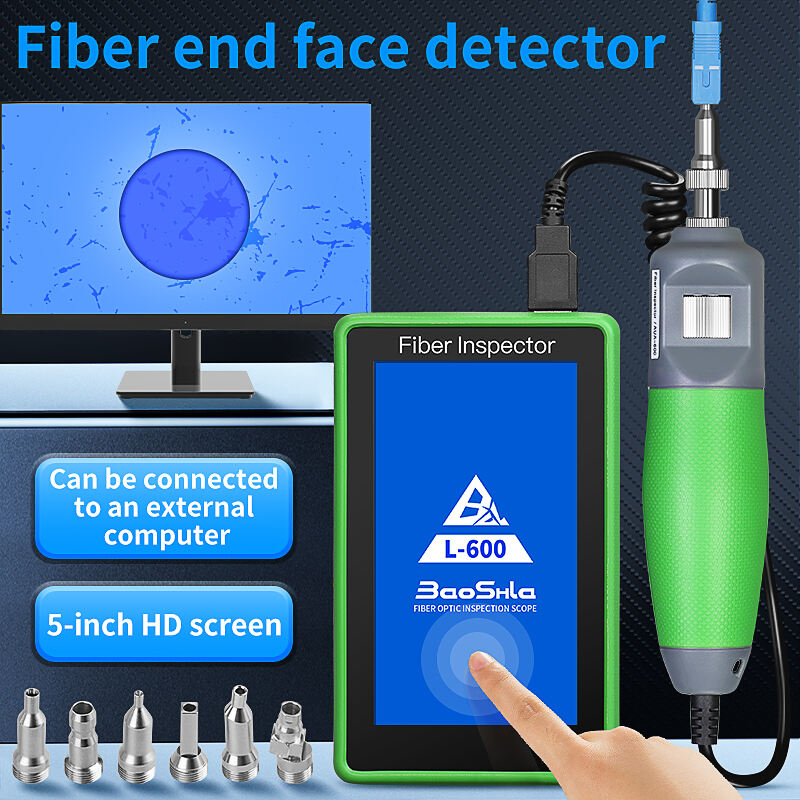fiber identifier
A fiber identifier is an essential optical testing instrument designed to detect and verify the presence of optical signals in fiber optic cables without requiring disconnection. This sophisticated device employs non-intrusive testing methods, utilizing advanced macro-bending technology to detect signal presence and transmission direction in live fiber cables. The device works by creating a controlled bend in the fiber, which causes a small amount of light to escape, which is then detected and analyzed by sensitive photodetectors. Modern fiber identifiers are equipped with multiple wavelength detection capabilities, typically covering standard telecommunication wavelengths including 850nm, 1300nm, 1310nm, and 1550nm. These instruments feature high sensitivity levels and can detect both continuous and modulated signals, making them invaluable for network maintenance and troubleshooting. The technology incorporates safeguards to prevent damage to the fiber during testing, including precise bend radius control and automatic power monitoring. Fiber identifiers are widely used in telecommunications, data centers, cable TV operations, and fiber optic network installations, serving as crucial tools for technicians performing maintenance, repairs, or network modifications.


